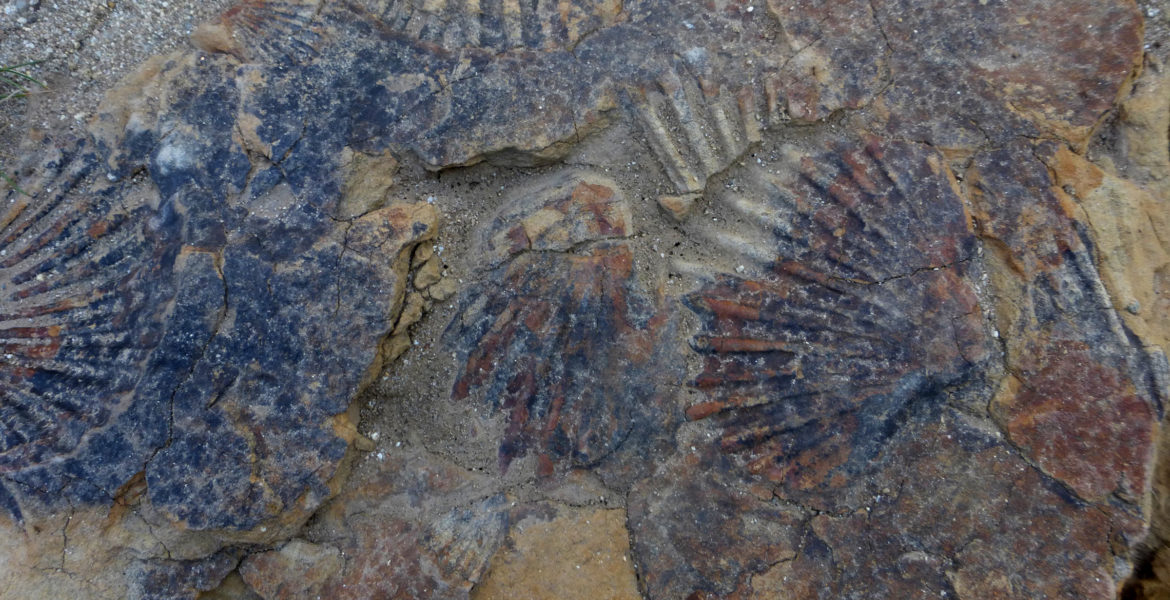The revelation that human actions were impacting the ocean on such a large scale a hundred years before the advent of urbanization is sobering.
Sue Kidwell, the William Rainey Harper Professor at the University of Chicago, is a conservation paleontologist who is using her research into the fossil record of the California Continental Shelf to determine the baseline for current marine ecosystem. That research is producing evidence of a previously unsuspected anthropogenic change to the ocean floor: cows.
It may sound like the punchline to a Gary Larson cartoon, but Kidwell has amassed an impressive body of evidence pointing to the introduction of cattle culture to California as the cause of a major change in the ocean.
Kidwell was the guest speaker at the annual UCLA LaKretz Center forum at Pepperdine University in Malibu on April 29, and her talk focused on the scientific sleuthing that that went into her hypothesis.
Kidwell has studied ocean floor core samples from the California Bight—the shallow continental shelf off Southern California—for a number of years, working to understand when the area stopped being a natural environment and if it would be possible for it to recover, but she also studies the detritus on the ocean floor—the youngest layer of the fossil record.
“The California bight is one of the best known shelves in the world,” Kidwell said. She explained that the monitoring program established following passage of the Clean Water Act in 1972 has generated extensive data.
Currently, much of the shelf is covered in mud and “totally overwhelmed with burrowing worms,” but Kidwell and her team found that samples of dead marine organisms dating to the 19th century reveal a very different ecosystem, a thriving community of bivalves like scallops and species of a type of brachiopod called laqueus.
The species from just a hundred years ago required a sandy seafloor surface to survive, The current inhabitants thrive in mud comprised of fine sediment.
The only remaining living populations of the study species were found in the Channel Islands, and on the rim of the outer edge of the shelf, including areas offshore of Malibu, where some areas of sandy surface remain intact.
Kidwell’s research indicates that the change occurred before the start of global warming or the industrial pollution of the 20th century, and millennia too late to be connected to the end of the last ice age—the last major climate-changing event.
She began to look at human activity during the critical timeframe and found that the decline in the species she was studying coincided with the growth of ranching activity. The number of cows and sheep multiplied exponentially during the 19th century. As large areas became overgrazed, the amount of sediment washing into the ocean increased, swamping the sand-dwelling invertebrates in fine-grained mud.
“Plowed land yields even more mud than poorly managed grazing,” Kidwell added. She theorizes that the sediment generated by a million acres of land rapidly transitioning from natural vegetation to agricultural activity in the 19th century permanently changed the ocean floor.
The research revealed that the species Kidwell studied started to decline in the 1820s and were almost completely extirpated by the 20th century.
“There were no shells younger than 1910,” Kidwell said, describing her finding as “completely unexpected, despite intensive monitoring. Recovery from wastewater contamination prior to the passage of the Clean Water Act in the early 1970s is nearly complete but legacy mud persists,” she said.
The revelation that human actions were impacting the ocean on such a large scale a hundred years before the advent of urbanization is sobering.
“This decline was unfolding over 100 years,” Kidwell said, describing the shell record as a kind of time machine that allows researchers to look into the past. “If something like this is happening today would we realize it?”
For more information on Kidwell and her research, visit: https://geosci.uchicago.edu/people/susan-kidwell/
For information on the La Kretz Center for California Conservation Science visit https://www.ioes.ucla.edu/lakretz/.


